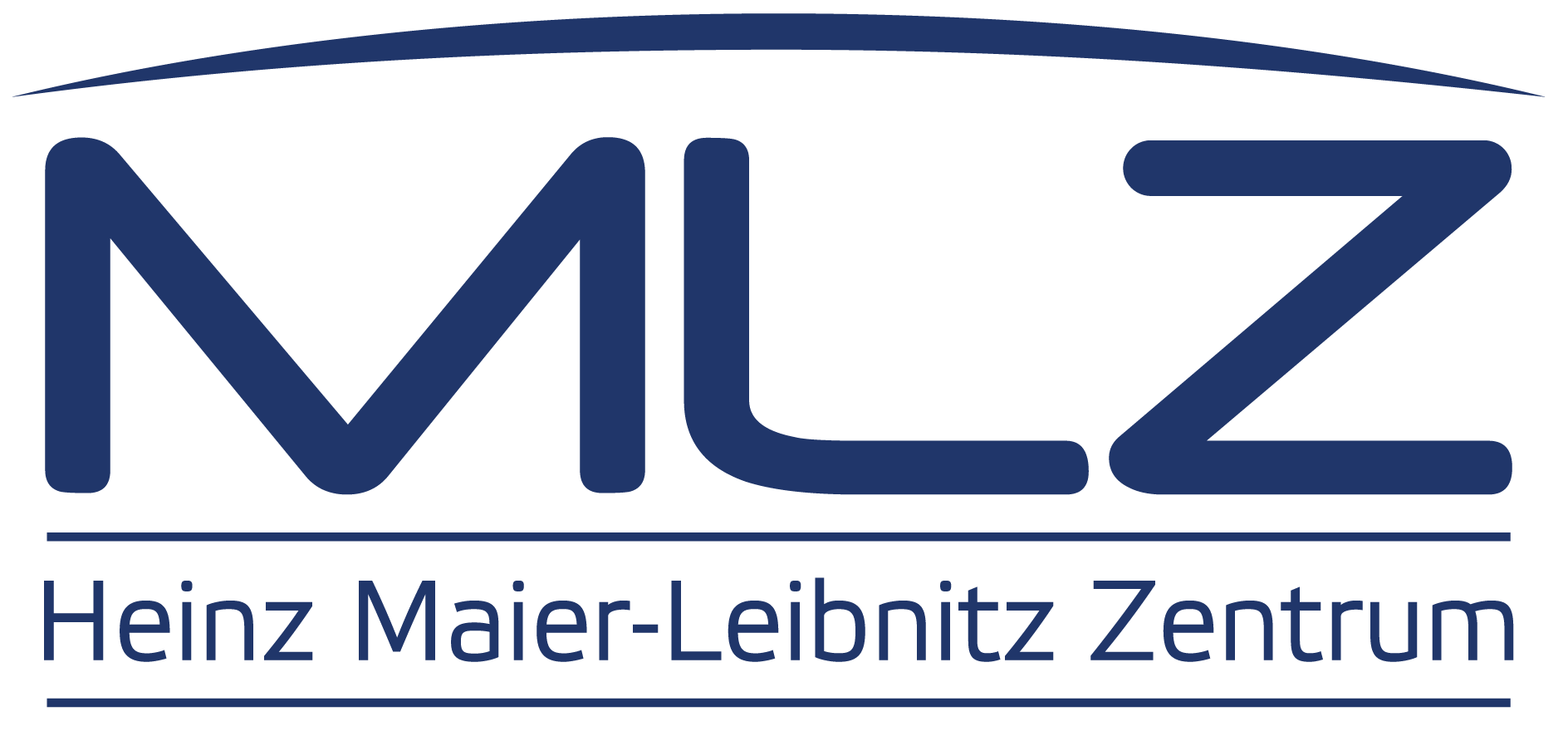Introduction 

The relevance of the reductionfactor
MIEZE is a variant of Neutron Resonant Spin Echo spectroscopy, thus designed for high energy resolution. Variations in the neutron time of flight are detected by the loss of contrast at the detector. In an ideal experiment, these changes in the time of flight are caused only by energy transfer processes in the sample. In a real experiment, variations in the neutrons flight- path length will also influence the flight-time and need to be considered to determine the energy resolution of the setup. This online-tool considers the following influences:
- Sample Geometry:
- The scattering process can occur anywhere in the sample. Neutrons scattered at different positions within the sample therefore have different flight-path lengths to the detector.
- Scattering angle 2θ / Momentum transfer q:
- When the surface of the sample and the detector are not parallel, trajectories have different lengths depending on their origin in the sample.
- Spin echo time:
- At larger spin echo times, the instrument is more sensitive to variations in the time-of-flight, leading to a stronger contrast reduction.
- Wavelength and sample-detector distance L:
- Both are needed to calculate the modulation frequency of the neutron beam from the spin echo time, influencing the reduction factor. Furthermore, momentum transfer and scattering angle are connected by the wavelength.
A more detailed discussion of this topic can be found in:
-
N. Martin, “On the Resolution of a MIEZE Spectrometer", Nuclear Instruments and Methods in Physics Research, Section A: Accelerators, Spectrometers, Detectors and Associated Equipment, 882, 1, pp. 11-16, 2018.
G. Brandl, R. Georgii, W. Häußler, S. Mühlbauer, and P. Böni,“Large Scales Long Times: Adding High Energy Resolution to SANS", Nuclear Instruments and Methods in Physics Research, Section A: Accelerators, Spectrometers, Detectors and Associated Equipment, 654, 1, pp. 394-398, 2011.
The application
The tool offers three different options of visualization: A plot of the reduction factor either versus momentum transfer q or spin echo time τ and a 2D visualization of its q and τ dependence.
The tool allows you to choose your favored sample geometry and change the wavelength λ, the sample-detector distance L, and the spin echo time τ within the technical limits of the instrument.
The momentum transfer q and the scattering angle 2θ can be modified within a wider range than the instrument would allow. A red line in the plot indicates the maximum scattering angle at Reseda of 2θ = 55°.
On the basis of your input data the factor by which the signal will be reduced is calculated and the result is plotted. The calculated data can be downloaded as a csv file or pdf plot. In case of any further questions regarding the tool or your desired measurement at RESEDA, please feel free to contact the RESEDA instrument scientists!